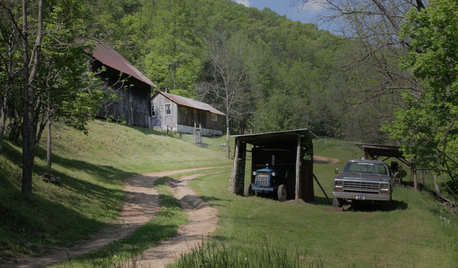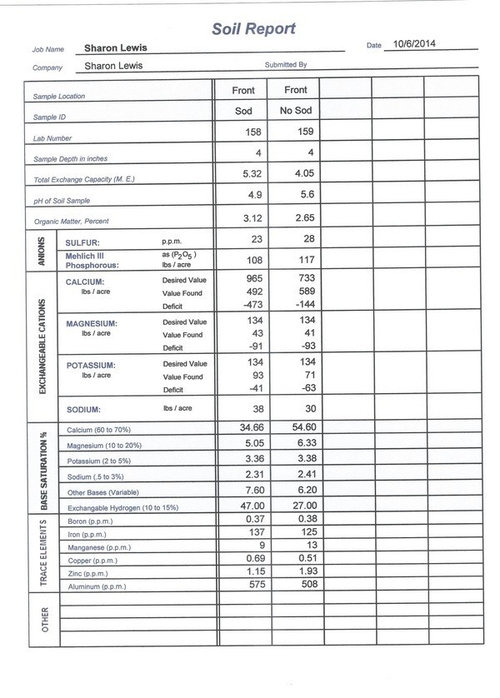Logan Labs-Soil Test
Shar-SC
9 years ago
Related Stories

HEALTHY HOMEGet the Lead Out: Lead Safety at Home
Keep your family safe by properly testing for and dealing with lead in old painted surfaces, water and soil
Full Story
TASTEMAKERSNew Series to Give a Glimpse of Life ‘Unplugged’
See what happens when city dwellers relocate to off-the-grid homes in a new show premiering July 29. Tell us: Could you pack up urban life?
Full Story
FARM YOUR YARD9 Ways to Change Up Your Vegetable Garden for the Coming Season
Try something new for edible plantings that are more productive than ever
Full Story
FALL GARDENING7 Reasons Not to Clean Up Your Fall Garden
Before you pluck and rake, consider wildlife, the health of your plants and your own right to relax
Full Story
GREEN BUILDINGGoing Solar at Home: Solar Panel Basics
Save money on electricity and reduce your carbon footprint by installing photovoltaic panels. This guide will help you get started
Full Story
GARDENING GUIDESHow to Switch to an Organic Landscape Plan
Ditch the chemicals for a naturally beautiful lawn and garden, using living fertilizers and other nontoxic treatments
Full Story
MATERIALSInsulation Basics: What to Know About Spray Foam
Learn what exactly spray foam is, the pros and cons of using it and why you shouldn’t mess around with installation
Full Story
EDIBLE GARDENSHow to Grow Your Own Sweet Summer Crops
This guide will help any gardener get started on growing the freshest warm-season veggies and berries for summer
Full Story
BASEMENTSBasement of the Week: A Creative Space for Kids and Storage for All
With mudroom organizers, laundry and a well-organized space for crafts, this basement puts a Massachusetts home in balance
Full Story
DECORATING GUIDESThe Dumbest Decorating Decisions I’ve Ever Made
Caution: Do not try these at home
Full Story







morpheuspa (6B/7A, E. PA)
Shar-SCOriginal Author
Related Professionals
Maple Valley Landscape Architects & Landscape Designers · Ilchester Landscape Architects & Landscape Designers · Lyons Landscape Architects & Landscape Designers · San Juan Landscape Architects & Landscape Designers · Billerica Landscape Contractors · Belvedere Park Landscape Contractors · Clayton Landscape Contractors · Desert Hot Springs Landscape Contractors · Elkridge Landscape Contractors · Hayden Landscape Contractors · Holtsville Landscape Contractors · Monterey Landscape Contractors · Four Corners Landscape Contractors · Rockwall Swimming Pool Builders · West Puente Valley Swimming Pool BuildersShar-SCOriginal Author
morpheuspa (6B/7A, E. PA)
dchall_san_antonio
Shar-SCOriginal Author
morpheuspa (6B/7A, E. PA)
Shar-SCOriginal Author
morpheuspa (6B/7A, E. PA)
Shar-SCOriginal Author
sharon29841
morpheuspa (6B/7A, E. PA)
sharon29841
morpheuspa (6B/7A, E. PA)